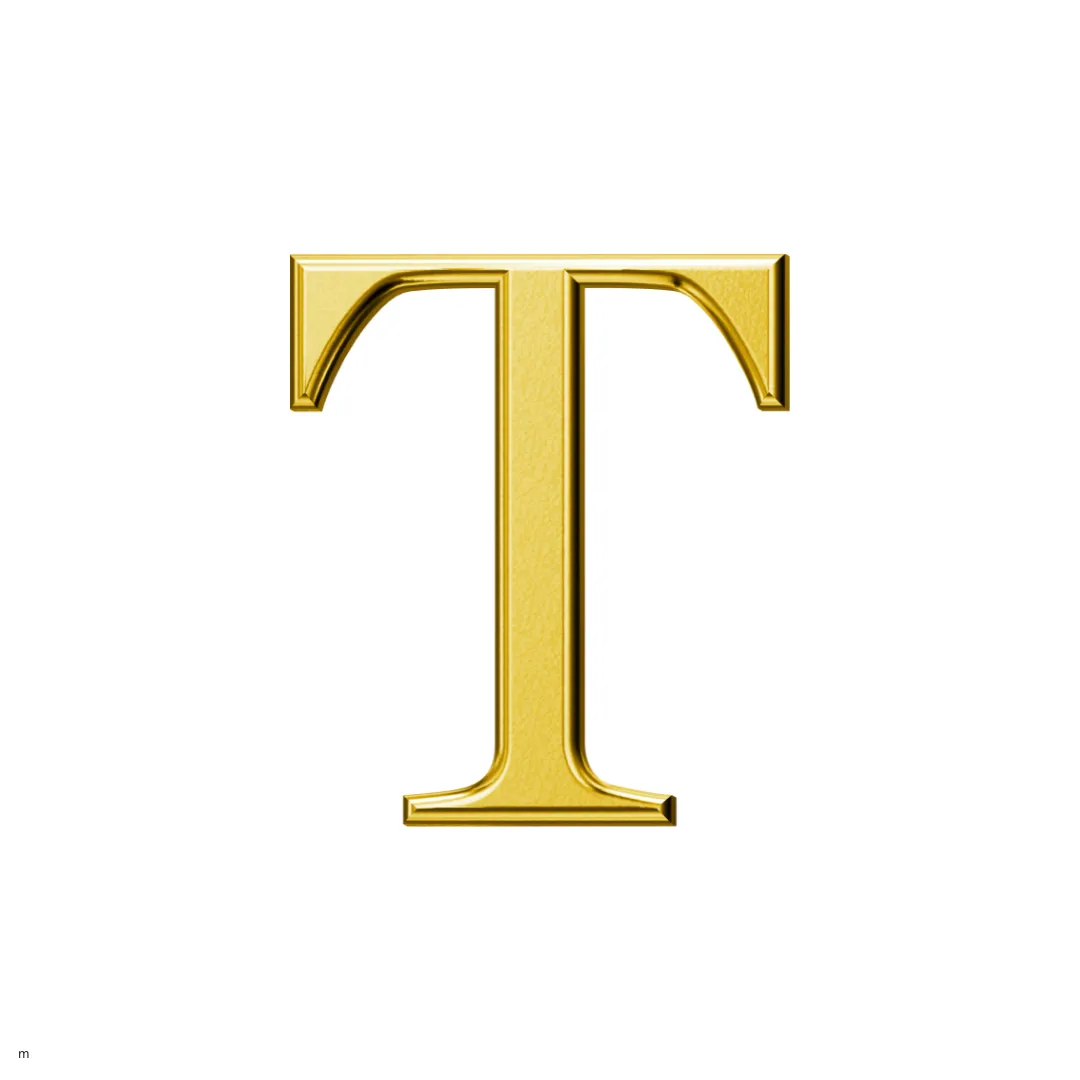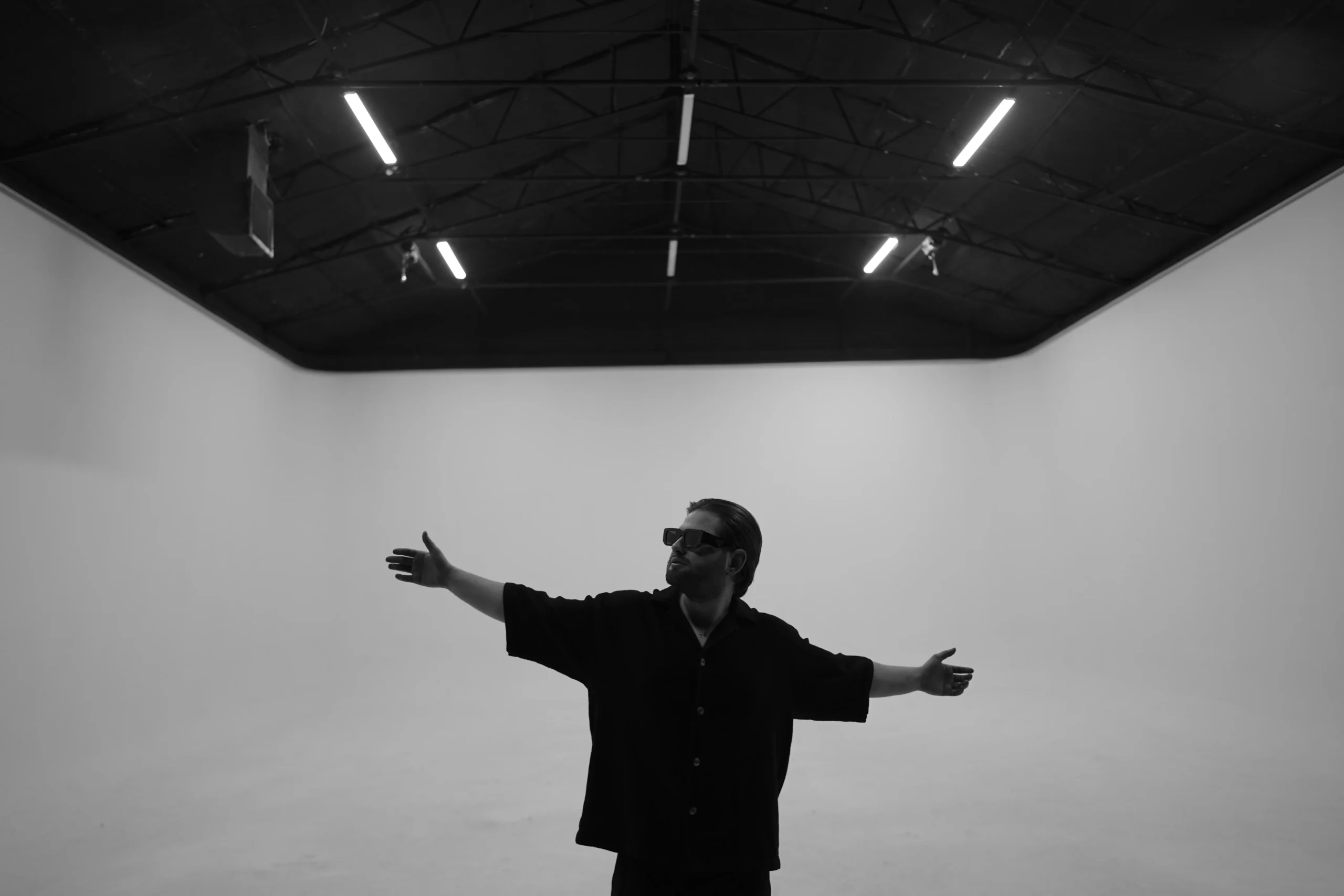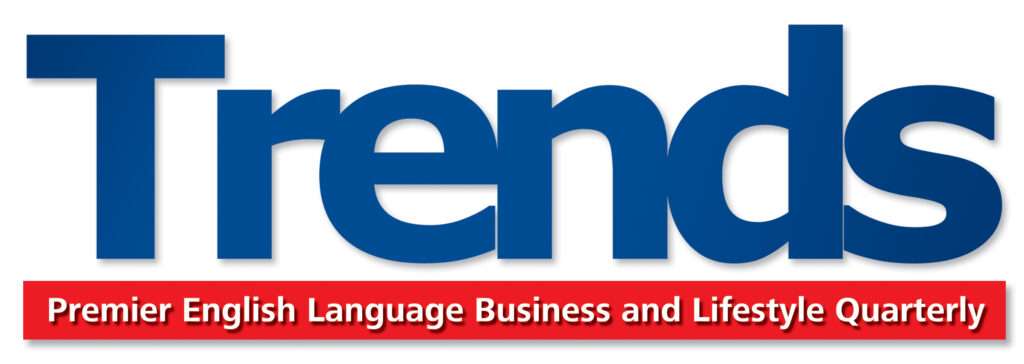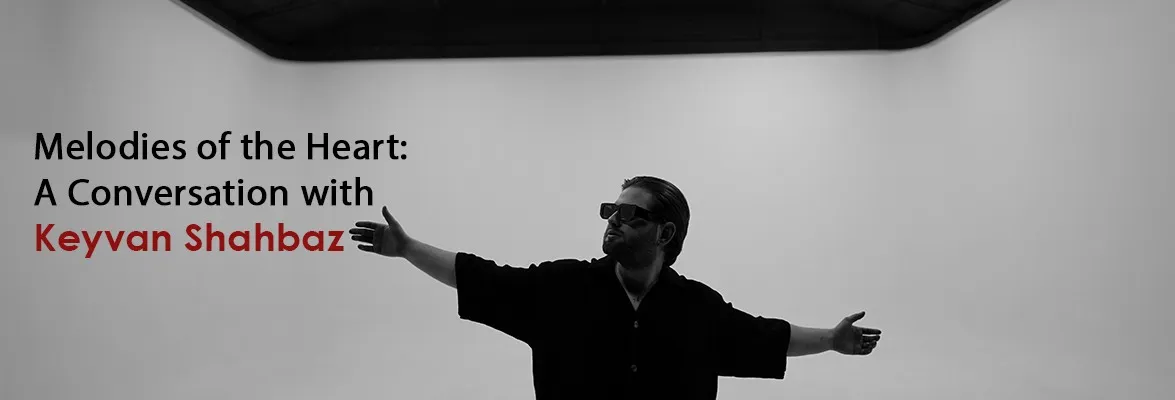
Keyvan Shahbaz, born in 1997 in Tehran, Iran, is a rising pop and R&B artist known for his multifaceted talents as a singer, songwriter, and composer. With a career ignited in 2006 through piano training, Keyvan has crafted a distinctive musical style under the Navaye Sepand Iranian Art Company, captivating audiences with emotionally rich tracks. His commitment to authenticity and depth in his artistry has earned him a growing following, particularly among younger listeners. We had the pleasure of interviewing Keyvan Shahbaz, where he shared insights into his creative journey, influences, and aspirations in the evolving music industry.
1.What led you to choose a career in music? Was there a specific moment or experience that inspired this decision? Along the way, who had the most influence in supporting and accompanying you?
Music, and art in general, have always played a significant role in my life in various ways. Thanks to the encouragement and support of my beloved family, the art-loving people of my country, and my capable producer, Mehdi Esfandiar, this journey began in 2006 with learning the piano. Gradually, over the past decade, it has become more evident in the fields of singing, songwriting, and composition. Naturally, this deep connection with these disciplines has granted me the opportunity to view this passion not only as a heartfelt pursuit but also as a profession and career.
2. Among your recent works, such as “Sad” and “To Bekhay,” which one is more special to you? What is the story behind its creation? From the initial idea to the final performance, what makes that piece stand out to you?
Answering this question is as difficult as choosing a favorite child for a parent! Each of the works produced by me and the professional team of Navaye Sepand has been shaped by a unique set of ideas and emotions. While these qualitative data are not precise measurable criteria, if I must choose just one piece among all that I have created to hold closest to my heart, “To Bekhai” stands out in my portfolio as a cherished child that marked the beginning of a new style and direction in my artistic life.
A narrative of imagination, written by me and my dear Nima Eghbalian, who, through collaboration in brainstorming and enriching the atmosphere of poetry and melody, captures the utmost ambition and madness of love alongside the lover’s relentless struggle to reunite with their beloved. However, unlike most heavenly romantic poems, the madman in our story possesses a proud character and is not inclined to beg for attention or plead for the return of Leili.
Now, aside from my own opinion, I am also honored that this captivating narrative, riding on the wave of modern electronic music, has managed to surpass my other works in terms of the quantity of downloads and views, receiving appreciation and attention from art enthusiasts, particularly among the younger audience in terms of quality as well.
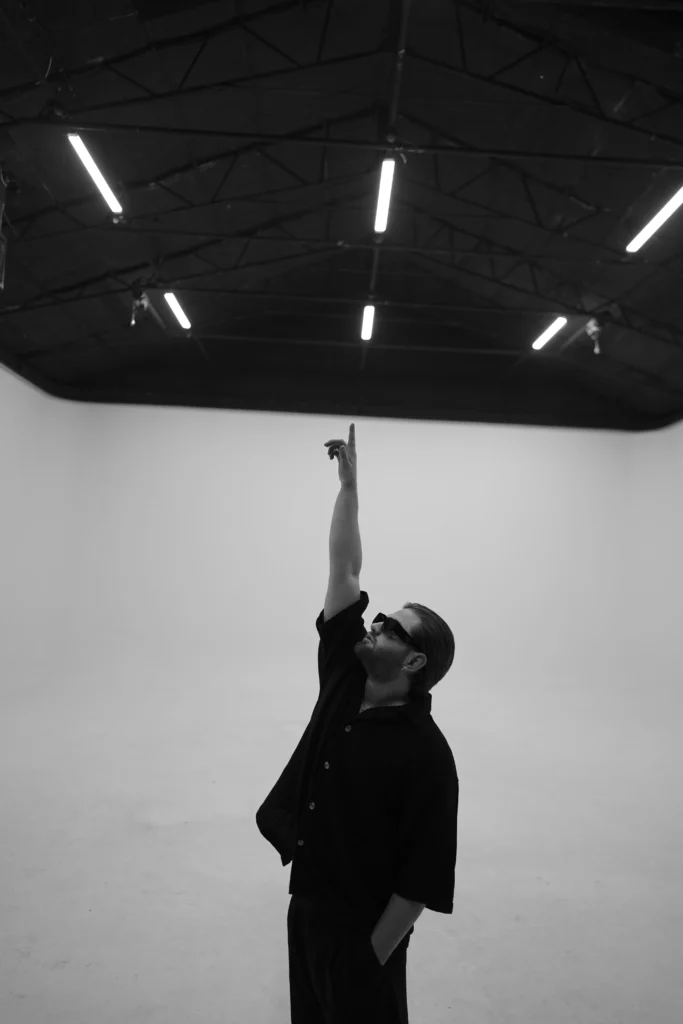
3. In today’s competitive environment, introducing music requires creativity and strategy. How do you get your work heard by the audience? What approach have you taken in utilizing social media, music platforms, and advertising?
Unfortunately or fortunately, considering that in recent years, the virtual space, especially Instagram, has been able to play a more influential role compared to other media in determining the fate of artists and their works being seen and heard, I have naturally been striving to have a more prominent presence in this space than before. However, this has not diminished the importance of my presence on other platforms (such as YouTube, SoundCloud, Spotify, Apple Music, and other reputable music media).
Given that the algorithms of today’s platforms have changed significantly from those of the past, unfortunately and respectfully, a considerable number of artists and individuals in the music field have been encouraged to engage in various forms of trivial and superficial activities to gain visibility in these spaces. However, I have always endeavored not to compromise the concept of art and the dignity of the Iranian audience for the sake of being noticed in such media. Despite extensive promotions encouraging individuals to produce sensational content, I believe that simplicity, depth, clarity, and honesty with the audience may not be the quickest way to gain visibility, but they are undoubtedly the right way. Ultimately, it is the audience who should judge and choose their preferred artist or work, not the other way around!

4. The role of a professional team is undeniable in producing a successful piece. What criteria do you have when selecting a songwriter, composer, or producer? How do you ensure that everyone is moving towards a shared vision?
In my opinion, music and industry are two completely separate domains that, at the same time, each hold significant importance. Naturally, when we talk about the intersection of these two paths and encounter the concept of the “music industry,” it means that a group of individuals from the realm of art, such as songwriters, musicians, composers, videographers, arrangers, photographers, makeup artists, etc., collaborate with a group of individuals from the realm of business, such as producers, sponsors, production managers, distribution managers, executive managers, logistics managers, etc. Despite the different inclinations and temperaments each group possesses, they all strive to move towards a common goal. Therefore, it is evident that the first and most crucial indispensable characteristic of each of these individuals is high flexibility and complete awareness of teamwork.
In the subsequent priorities of this goal, there are numerous criteria such as creativity, innovation, commitment, experience, ideation, communication, organization, management, etc. Given the diversity present in the processes of this activity, some of these individuals are permanent collaborators, while others vary according to the specific characteristics of each project.
5. For many artists, music is just a small part of their identity. How do you shape your artistic and personal identity in music videos, social media, and interactions with the audience? How do you balance appeal, authenticity, and professionalism?
Although I believe that an artist’s artistic activities cannot be completely unrelated to their personal life, my overall perspective on this matter is that I play different roles in various works, which are addressed in poems and images. The characters and events that I create in my works and identify with do not necessarily have to relate to the experiences and events of my non-artistic life. Just like an actor, there does not have to be a real connection between the role and their personal life.
6. The pop music industry in Iran faces its own unique conditions and limitations. In your opinion, what are the most significant challenges? Do you have a personal experience of encountering these obstacles that you would like to share?
I don’t think the limitations and specific problems of music in Iran are hidden from anyone anymore. However, as a small member of the music family, I feel obligated to reiterate these points until such obvious issues are addressed.
Limitations of Lyrics and Overcoming the Tall Wall of Licensing:
The considerable restrictions on songwriting and the prohibition of a wide range of words, phrases, and ultimately topics often strip innovation and vitality from the poetry and content of artists, condemning them to self-censorship. This situation is akin to a fish trapped in a bowl, deprived of swimming in a turbulent sea of ideas and creativity.
Artists Are Not Role Models!:
Recently, there has been a somewhat unpopular yet established notion that artists serve as role models for society. While I believe that the impact of an artist’s work on society cannot be overlooked, and certainly a piece of art can shape the audience’s mindset, respectfully, in my opinion, this belief cannot serve as a valid criterion regarding their performance as a real person in their personal life within society. This notion is only suitable for those who wish to use an artist’s successful career path as a guideline for their own artistic endeavors, and beyond that, it is nothing but a distortion of an artist’s mission.
Lack of Standard and Up-to-Date Infrastructure:
As an Iranian artist, I have always taken pride in the history, artistic, and musical civilization of this land, speaking with honor about its roots and ancient heritage. However, I am astonished that such a rich musical culture has not only been minimally represented and promoted in international music communities but has also, due to fundamental weaknesses in domestic execution and media infrastructure, been deprived of the benefits it deserves. Therefore, I believe that the existence of standard concert halls and domestic music platforms is a fundamental right of our art-loving society.
7. The emergence of new technologies, especially artificial intelligence, has transformed the world of music. What is your perspective on these changes? Do you think these tools aid creativity, or could they potentially impact artistic authenticity?
Considering that I view the concept of art as a subject without limits, I believe that if technology can create a work just like an artist or assist the artist in the process of creation, it can be as commendable as the artist themselves. In my opinion, the ultimate goal of being an artist is to create a work and subsequently make an impact, not necessarily to determine who the creator is! The sea of art is broader than to be narrowed by the entry of a new artist; it makes no difference whether that new artist is human or technological.
8. In light of your recent activities, what plans do you have in place? Are you looking to collaborate with other artists or focus on live performances? Additionally, do you have any plans to release works in global markets and attract audiences beyond borders?
I don’t believe there is an artist who doesn’t aspire to step into international arenas; however, this requires a set of measures and cross-border infrastructures. The first step is to establish policies that need to be implemented by the relevant authorities. Subsequently, the interaction and exchange between the Iranian artistic community and international culture and music, and vice versa, should be facilitated by the artists themselves.
In my upcoming work plans, I intend to present a more comprehensive collection of styles and themes in my music to the audience, allowing me to appear on stage with an even greater diversity of works.
9. If you could give just one piece of advice to young people dreaming of entering the world of music, what would it be? In your opinion, what principles or attitudes are essential for lasting success in this path?
In this field, I have to acknowledge that they will face many challenges and ups and downs along the way, being aware that this process may not be quantifiable like many other disciplines and activities, and that the stage sets a very different destiny for each individual compared to others. They should take steps while keeping in mind that the artist is the sole creator of a work, and that person is none other than themselves. Therefore, they should strive to pave a new and personal path for themselves and view successful and older artists solely as a means to learn from their experiences, rather than necessarily following in their exact footsteps. I hope they continue with determination and resilience, staying safe from any despair and setbacks.
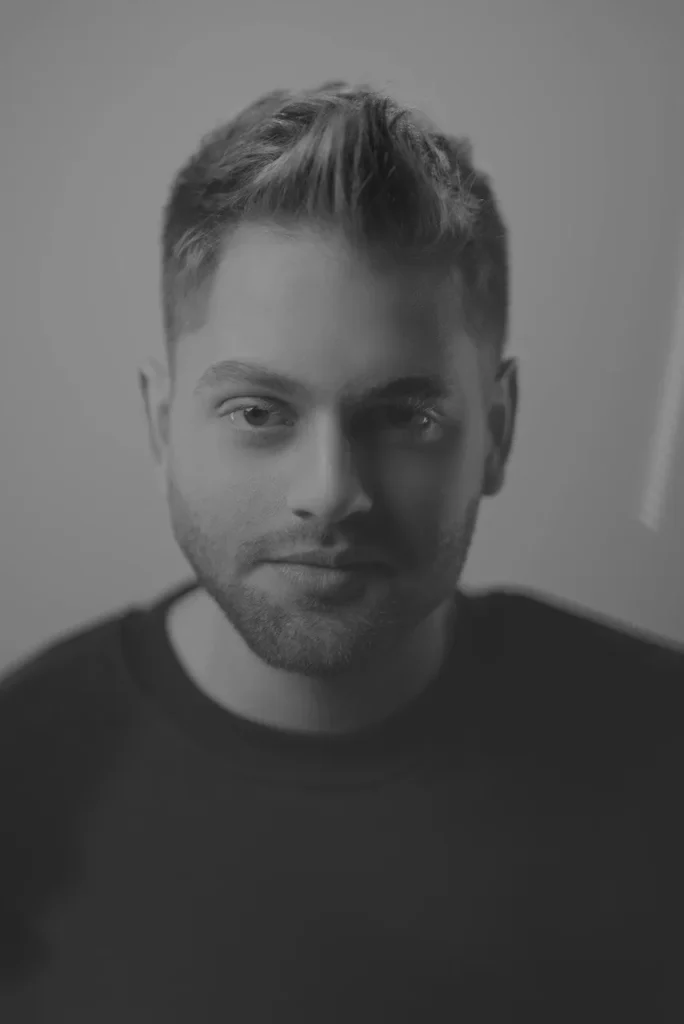
I hope for a day when we witness a world free from wars and tensions, where all humans can live together in a safe and harmonious world, united and friendly, without any distinctions or superiority over one another. May love become the only universal language of the world.

